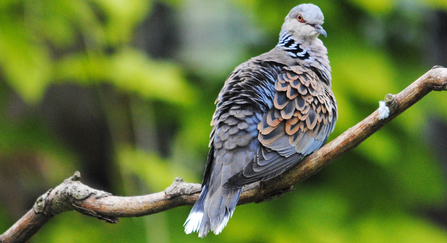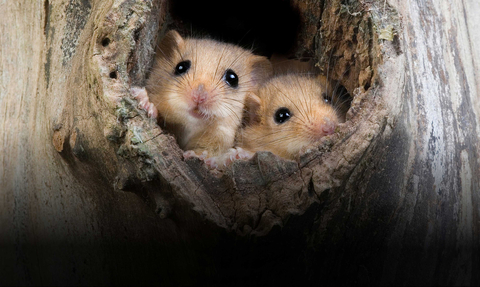Already classified as one of the world’s most nature-depleted countries, nearly one in six of the more than ten thousand species assessed (16%) are at risk of being lost from Great Britain1.
However, this figure is much higher for some groups such as birds (43%), amphibians and reptiles (31%), fungi and lichen (28%) and terrestrial mammals (26%). Much loved species such as turtle dove, hazel dormouse, lady’s slipper orchid and European eel now face an uncertain future. There have also been declines in the distributions of more than half (54%) of our flowering plant species, with species such as heather and harebell being enjoyed by far fewer people.


